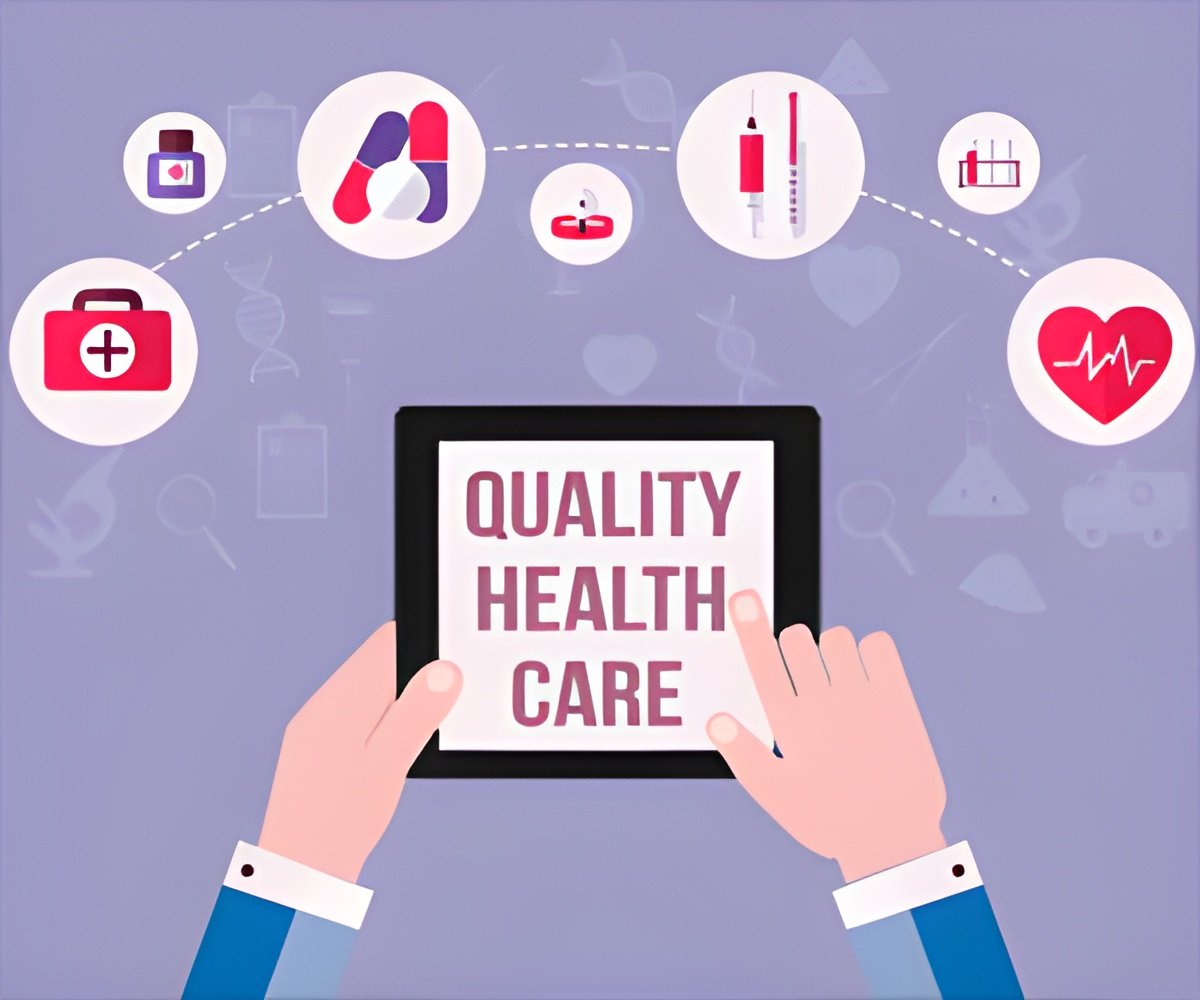The income threshold for the wealthiest fifth in 2012 was $101,094 for a family of three, while those in the poorest fifth had family incomes below $22,689.

‘The use of healthcare by the wealthiest fifth of Americans grew by 19.7 percent, outpacing growth for middle-income groups by 57 percent. While, care for the poorest fifth of Americans actually fell by 3.7 percent between 2004-2012.’





According to the study's authors, who analyzed 22 national surveys conducted over the past five decades, these numbers reflect a striking reversal of a long-term trend toward greater equality in health care use by all income groups. They marshal data showing that the turning point came in the mid-2000s. Prior to the passage of Medicare and Medicaid in 1965, the wealthy got about twice as much care as the poor. Subsequently, care became more equal, with lower-income Americans using more care than the wealthy (although analyses adjusting for the greater burden of illness among lower-income people showed that the gap was never fully erased).
But between 2004 and 2012, as the growth in medical spending slowed overall, the use of care by the wealthiest fifth of Americans grew by 19.7 percent, outpacing growth for middle-income groups by 57 percent. Meanwhile, care for the poorest fifth of Americans actually fell by 3.7 percent.
No upswing in health care inequality occurred among the elderly, virtually all of whom are covered by Medicare.
The researchers, who conducted their work at Harvard Medical School, the City University of New York at Hunter College, and Boston University, determined individuals' health care use based on the total costs of their care, whether paid by insurers, the patients themselves, or government programs. Results were similar when they looked at the use of specific services such as the number of doctor visits, which were 40 percent higher for the wealthy than for all other Americans by 2012.
Advertisement
The authors attribute their findings to the synergistic impact of widening U.S. income inequality, the 2007-2009 recession and the slow recovery for the poor and middle class, and a sharp rise in health insurance co-payments and deductibles that discourage non-wealthy Americans from seeking care.
Advertisement
Dr. David Himmelstein, a professor at the City University of New York at Hunter College and lecturer at Harvard Medical School who was the senior author of the study, commented: "While poor and middle-class patients are skipping vital care, the wealthy are getting unnecessary and even harmful care. And the widening inequalities in health care are reflected in rising inequality in death rates. Meanwhile, our overall life expectancy is falling further and further behind nations that distribute care based on need, not wealth. Our findings dramatize the urgent need for national health insurance - a single-payer reform with first-dollar coverage - that would assure that all Americans can get the care they need."
Source-Eurekalert











